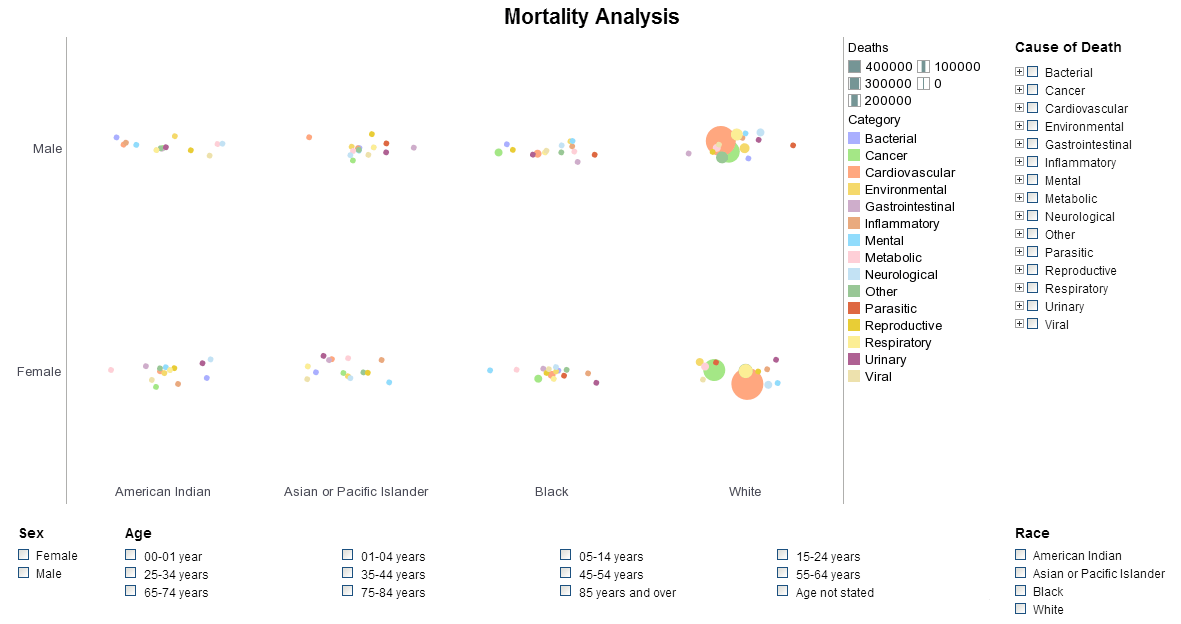Data Discovery Tools and End User Mashup
This is the transcript of a Webinar hosted by InetSoft on the topic of "Data Discovery Tools and End User Mashup." The speaker is Abhishek Gupta, Product Manager at InetSoft.
Today we are going to talk about data discovery tools and how people can mash up their own data together and create their own analytical views and then perhaps promote that for wider dissemination. The novel notion here is trying to blend the governed and centralized aspects of information management with user empowerment. That’s really what we are after in this presentation, and I just wanted to set that tone.
Well what specifically are we going to cover here? We have got three key issues. First, I just want to talk about business intelligence strategy. Let’s identify that we have a self-service problem, which I think most of us have, and let’s define some linchpin ideas of how we are going to go about crafting a strategy just to solve this problem around self-service.
Now, second I want to get into the technology of data discovery. That’s clearly a huge trend in business intelligence. A lot of the BI platforms in the marketplace tend to be semantic layer based BI platforms, and I will define exactly what I mean by that later. They are very much being disrupted by what we call data discovery tools.
Key Issues in Self-Service BI Strategy
Our application, as well as the Qliks and Spotfires and Tableaus of the world are having a very strong disruptive impact on this market. So we will talk about that as the second key issue and we will discuss how you might want to go about using data discovery along side some of the data warehouse and governance programs you already have in place. We’re not suggesting replacing them, but augmenting them. And then the third sort key aspect of your strategy really has to be having the right organizational model, to have put the right team structures in place with the right rules and have that balance of centralized and decentralized just right for your company.
Those three keys issues we are going to cover; strategy, technology and organization. I think if you nail those three, I think you will be well on your way to a strong self-service BI program. I should say there will be time for questions at the end. You should be able to use this webinar system to just enter in any questions you have in the questions tab and then we will get to as many of those as we can at the end of the presentation.
Okay let’s dive into the first key issue on strategy. I want to start with a case study that I wrote several years ago but I thought it was just a good example of what the folks of a government agency did in their self-service BI program. And I think with most problems the first step is recognizing and understanding the problems. You can read through on the left hand side of this slide, the current state and challenges at the time. Number one was just a lack of understanding of which reporting tools to use and when, and then number two, there was just a lack of knowledge of which reports existed and both of those things resulted in number, which was this uncontrolled propagation and replication of data. You can see what that did in terms of the business impact, the cost and the complexity and the increased business risk there.
Common Challenges in Self-Service BI
I think that probably sounds very familiar to a lot of organizations. I have talked to a lot of companies and I pretty much see this everywhere I go. A lot of people use their BI tool as their own personal ETL tool, just to get data out of the data warehouse and then they go and put it in their own excel spreadsheet or access database or SAS tool so that they have autonomy and they can control it, and they can mash it up with other data sources, just like what the number 3 challenge is saying there.
The solution that this government agency came up with was a three pronged approach. First, they created a center of excellence, which is really a team that’s responsible for the overall BI strategy and governance. They created a BI tool decision framework, which is really a set of rules and guidelines for which tools to use and when. And then they created a BI portal, which is really a one stop shop for all things BI. It’s where you go to find out what reports exist, what tools exist, who to go to for help, and so forth.
I think that’s a pretty good framework for thinking about your own self-service BI strategy. You want to have a center of excellence, you want to have a decision framework, and you want to have a portal. And I think if you can get those three things in place, you will be well on your way to a strong self-service BI program.


